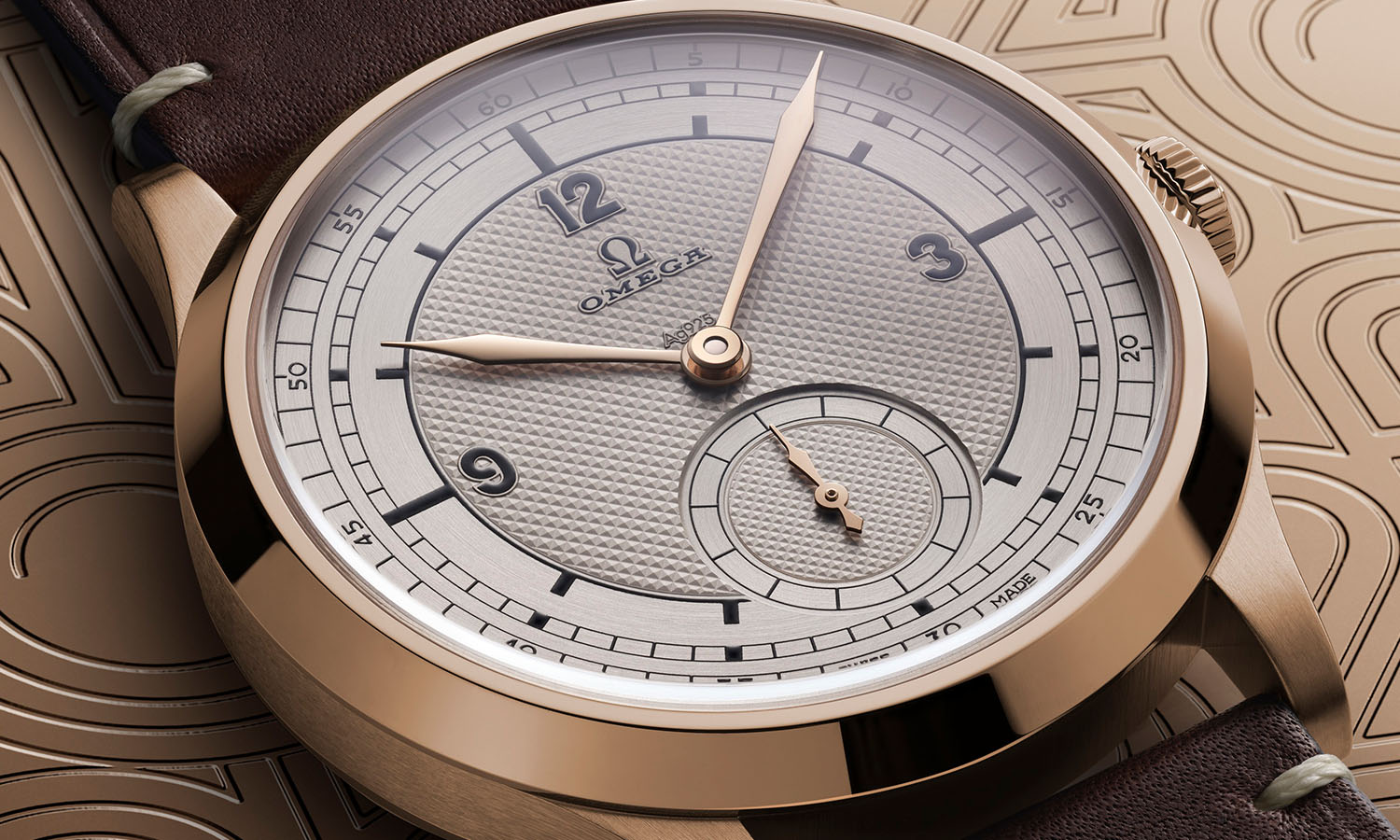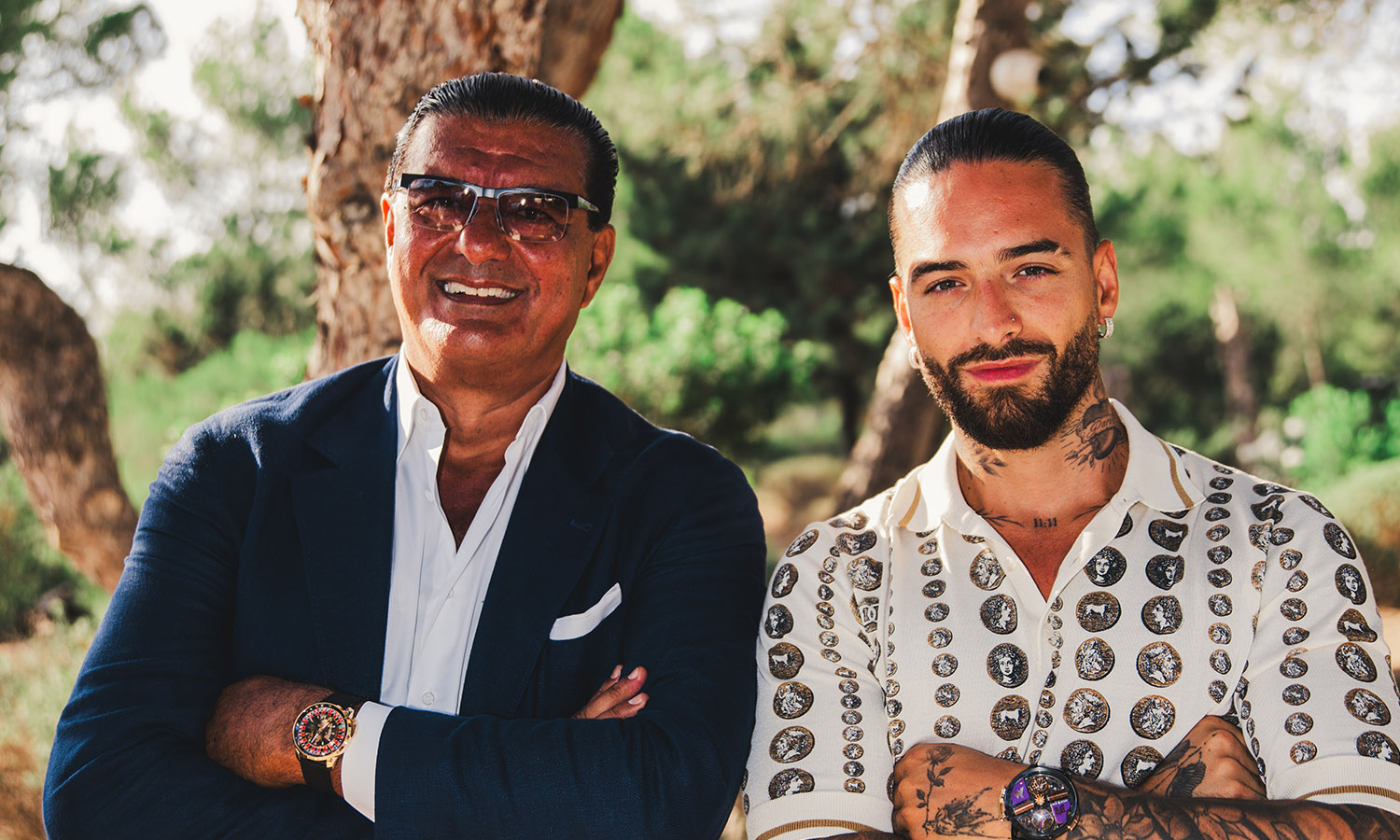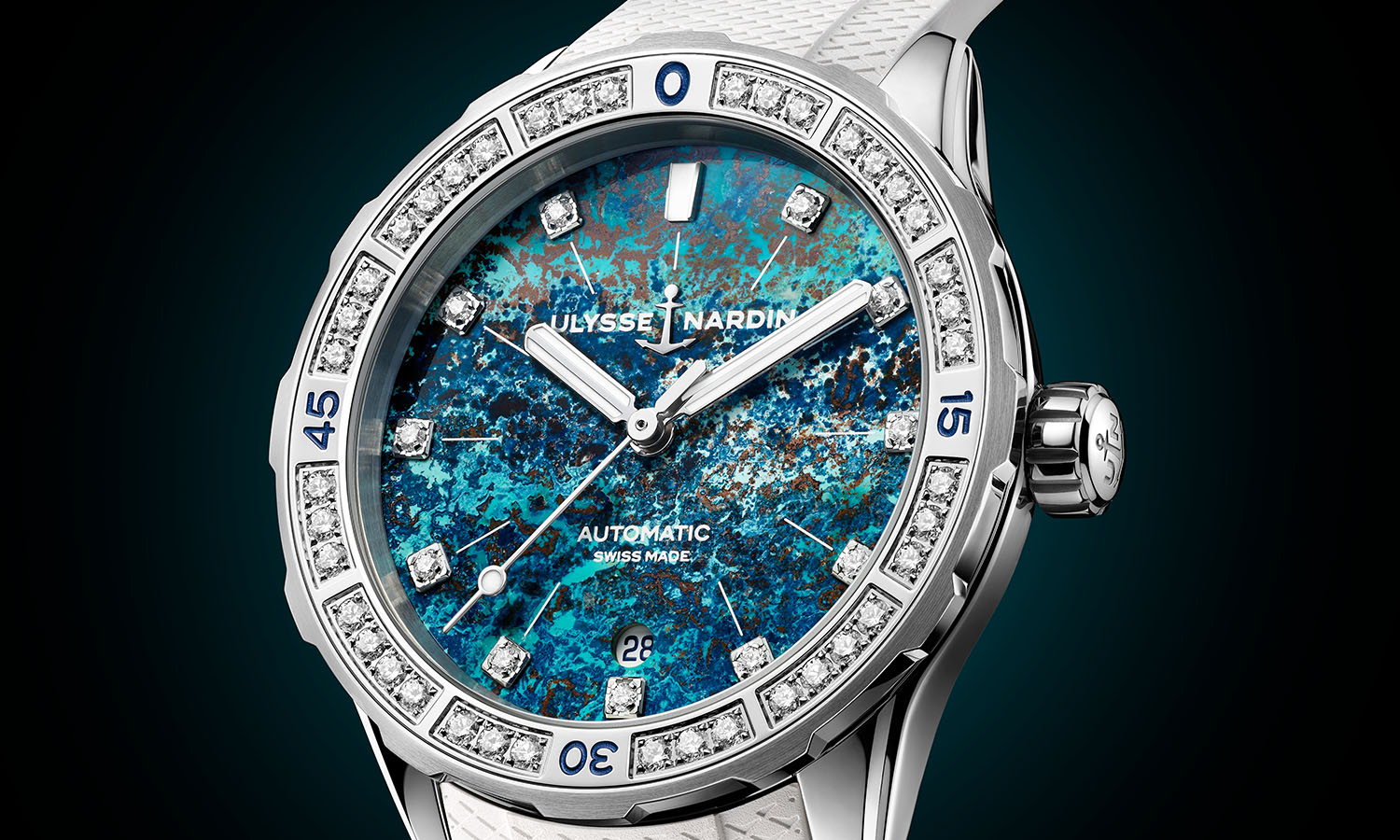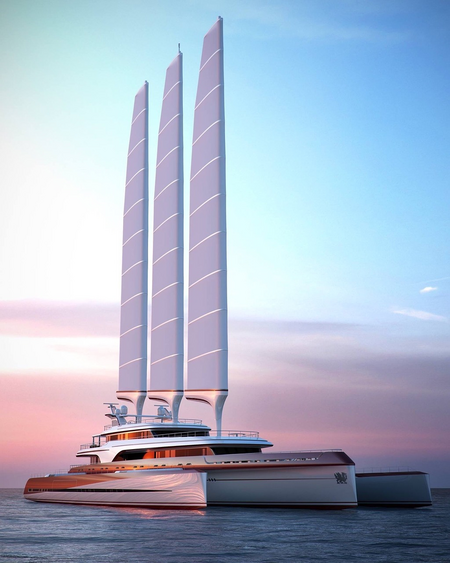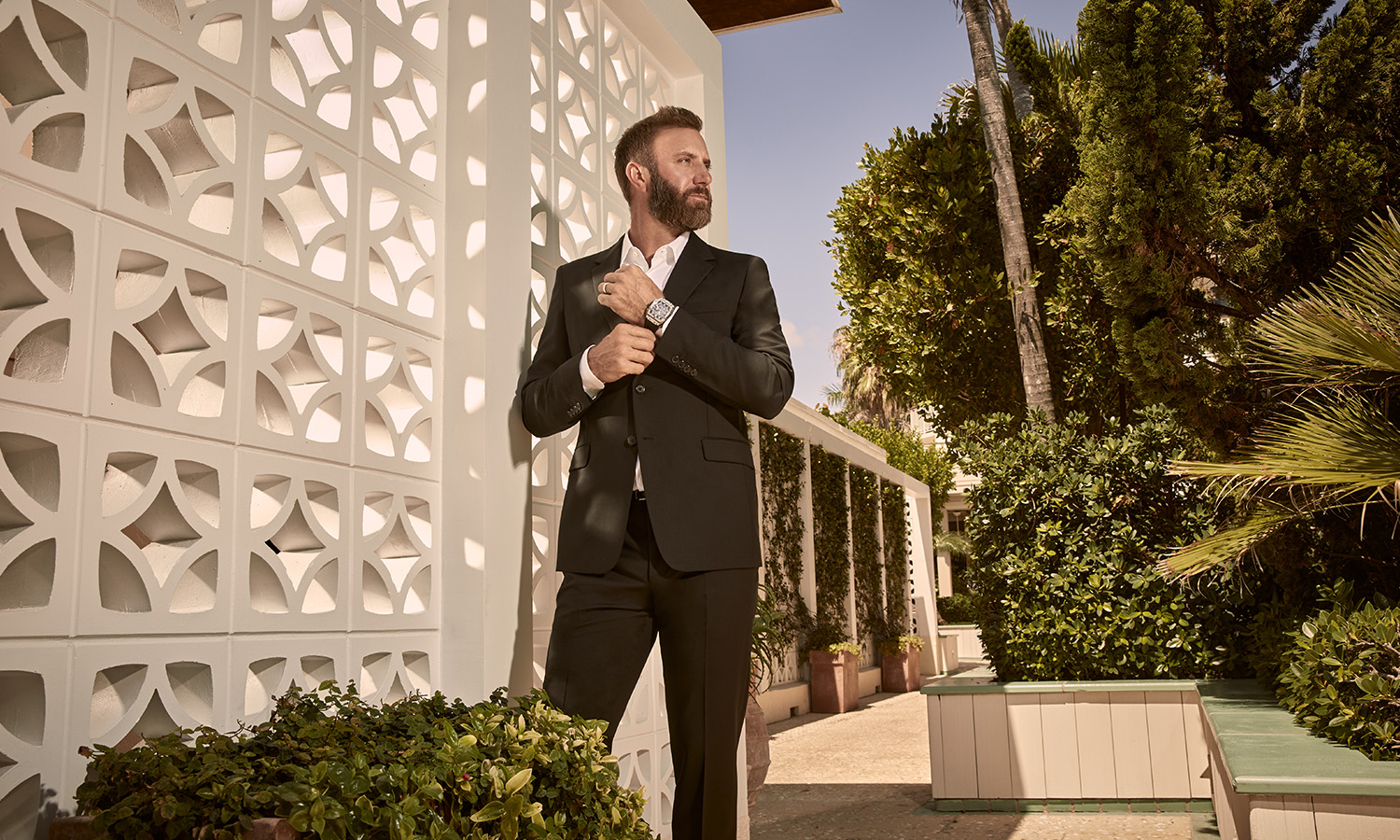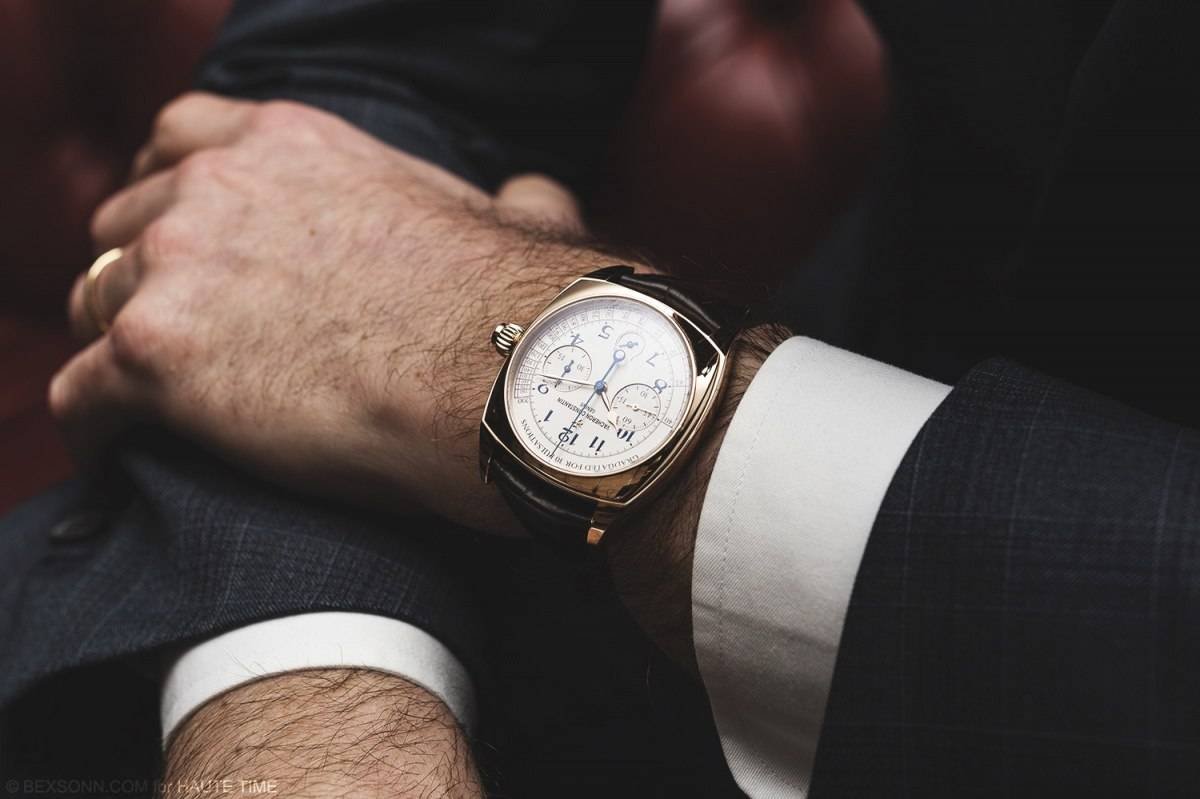
Exclusive: Q&A with Christian Selmoni, Artistic Director of Vacheron Constantin

As a part of London Craft Week, we were kindly invited by one of the brand partners, Vacheron Constantin, where we were also presented with the new Metiers d’Art collection: Savoirs Enlumines. During our visit, Christopher Beccan was given the exclusive opportunity to sit and talk with the Artistic Director of Vacheron Constantin, Christian Selmoni, in the Vacheron Constantin’s Bond Street boutique in London. Of course, he couldn’t leave without asking him a few questions.
Christopher Beccan: Now with the development of an in-house chronograph, what can we expect to see from VC in the future in regards to the current chronographs? ( will they use a full in-house chronograph at some point)
Christian Selmoni: I think what we have to recall is our strategy with our product and that is to have 100% of our mechanical movements with in-house designs. Consequently you can certainly expect to see the automatic chronograph in other lines, not only the Harmony, it is just a matter of time. But even today we have around 80 – 85% of our products which utilise in-house movements. So it is just a question of time but for sure we will spread the chronograph complication to lines other than the Harmony. However, the newly released chronograph with the Mono-pusher is very much linked to the Harmony line, since it was based on the design from 1928 but this movement is the base on which we will now move forward and it is a very long lasting development for Vacheron.
CB: When it comes to developing a new timepiece do you look at what VC has done in the past and think about how this can be improved upon?
CS: Our product lines are strictly coded, or shall I say pillars? Such as the Patrimony, the Traditionnelle, Malte and now Harmony. They have a clear design code and for classic lines like this I think it is very important to be rooted with the brands heritage and history, since it is a very precious and unique heritage. So when designing new pieces, we try to capture a few elements from past designs and transfer these to our contemporary designs. So this is what we do when we launch a new product line, such as the new Harmony line for example. However, something such as the Métiers d’ Art Savoirs Enlumines which you have seen today is more from a creative point of view. This is an idea of recreating an link between the 21st century and the medieval ages and then the design of the product has to follow the concept of the watch, which wouldn’t really fit into any of our lines. The Métiers d’ Art is our creative playground, which gives us flexibility. As a brand we have to be consistent with our design and today we are producing approximately 25,000 watches, and it has to be recognizable and for many people, Vacheron Constantin is a classic brand and so we have to respect this perception. So while we have a narrow path that on one side we have this great heritage, which we have to take care of and continue to develop and still incorporating some contemporary elements.
CB: If there was one watch you could re-create from the past which timepiece would it be?
CS: Immediately I would say the American 1921 but this has already been done (laughs) – so now I have to find another one but for sure the 1921 is one of my favourites. However, we do have some fabulous jumping hours from 1929 but it is a pocket watch and this I would love to see recreated. In addition we made some great calendar watches in the 30s, 40s, 50s that I would also really like to work on. I think for Vacheron this is quite a difficult question because we have so much diversity in designs and shapes but there is one particular era in history of the brand where it was very interesting starting from the very early years of the 20th century until around 1940s. We really have some fabulous designs, very creative, very bold and ambitious watches. But again, if I had to choose just one it would have to be the jumping hour with an art deco design, guilloche dial, which I think would be a good base for a design.
CB: Vacheron is a brand that is steeped in tradition, do you find it at all difficult to keep coming up with new innovation but also stay true to the brands heritage?
CS:I think this is the key aspect when we speak about designing new Vacheron watches. I think that this balance that we have to find between tradition and modernity is really not easy. However, I think the best example is the patrimony. The patrimony was designed in 2003 and it has a very interesting story, which we can talk about. When we thought about developing this watch we saw that the market was moving towards larger watches. Panerai had huge watches and this was back in 1999. We saw that watches were becoming larger than 37mm for men. So we thought, why not do a very large classic Vacheron Constantin? The idea was, can we increase the size of our watches but still maintain this particular sense of balance, elegance and sophistication, discretion and all that stuff Vacheron is known for?
So we started working on this watch and we wanted to incorporate some typical and graphic elements from the 50s, like the pearl minute track, long indexes, curved dial. So we were trying to transfer design elements from the 50s to 2003 without loosing the soul of this era. We actually refused two technical studies of the case because we couldn’t find the perfect balance it wasn’t reflecting the spirit. But finally the third construction was good and so we went to present this watch to the executives of VC at this time. We didn’t know what to expect and one of them said to us “guys you have created an icon!” We said, “no you are too kind, this is too much” (laughs). Another executive said ‘okay, we’ll run it for two or three years after this it will be lost.” A year later, the watch was launched and it was a huge success.
We haven’t changed the design since 2004 and yet it is still very contemporary. This demonstrates how we can match tradition and modernity but we have to be very faithful to the rules, the roots, the spirit and the qualities of the past but we have to find a way to adapt these things to a contemporary world. This is what we have done with the new Harmony line that is of course a cushion-shaped design but the philosophy is exactly the same as the Patrimony. We didn’t want to just recreate a watch from 1928 but we wanted to bring modernity, complexity into the design but still keep this very special spirit. It is much harder to create something that is timeless than to create something that is new and ground-breaking, which is what we try to do at Vacheron.
CB: What design trait do you think makes Vacheron stand out from other Haute Horlogerie brands?
CS: This is a complicated question but I think its like cooking. If you ask a chef what makes your food so special, it would probably be difficult for him to answer. But I think for us there is something that is related to the way we treat aesthetics. We take great care of the little details; we try to always bring elegance and balance to the design. We take great care into the reflection of light onto all surfaces of the case, dial and hands and we take a lot of time to create something that you feel but can’t really explain – if that makes any sense? In addition to what I’ve mentioned, we also take a lot of care when it comes to the movement and the finishing, which I think is the sign of true craftsmanship. However, I think above all we try to create emotional timepieces that will attract you.
Photo Credit: Haute Time. For more information, please visit the official Vacheron Constantin website. Follow Haute Time on Instagram to catch all of the new releases as they happen.
 SIGN UP
SIGN UP



